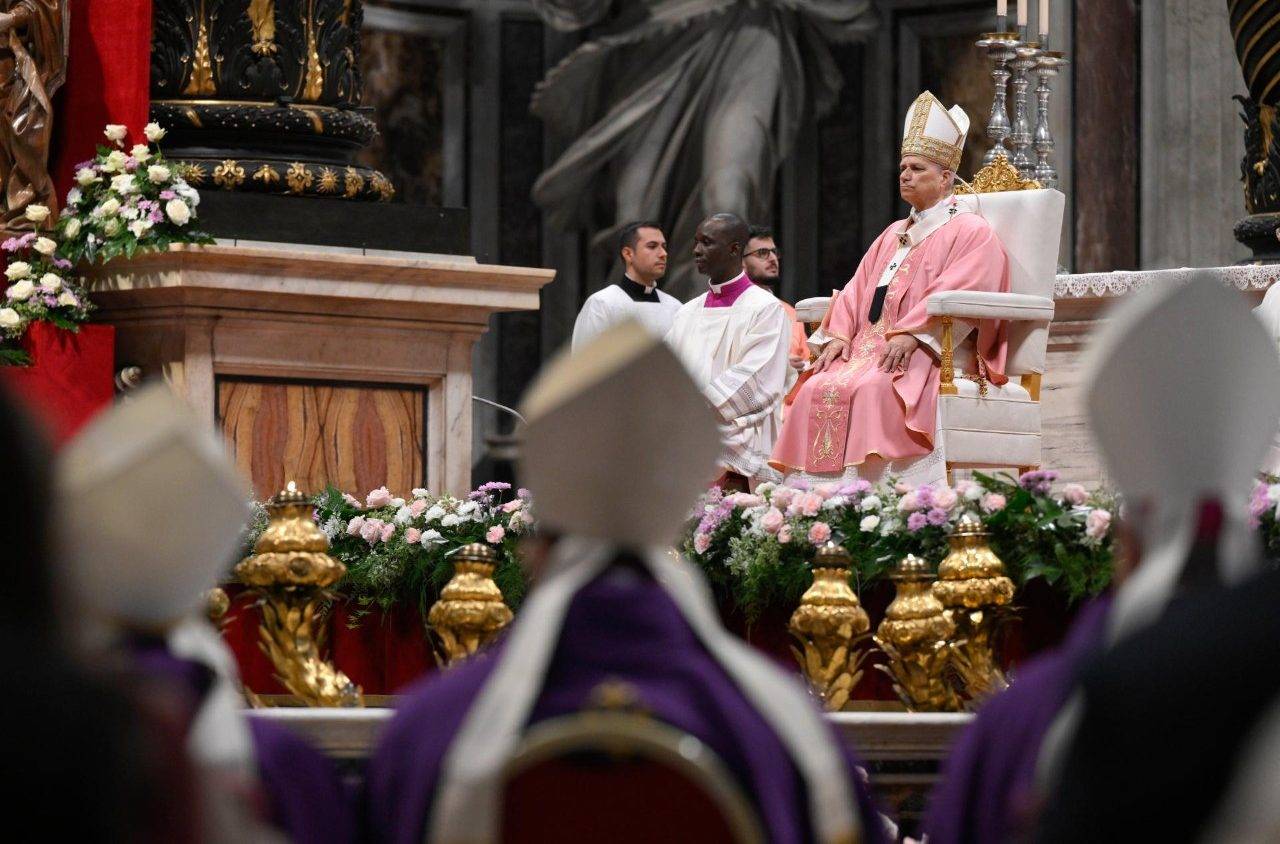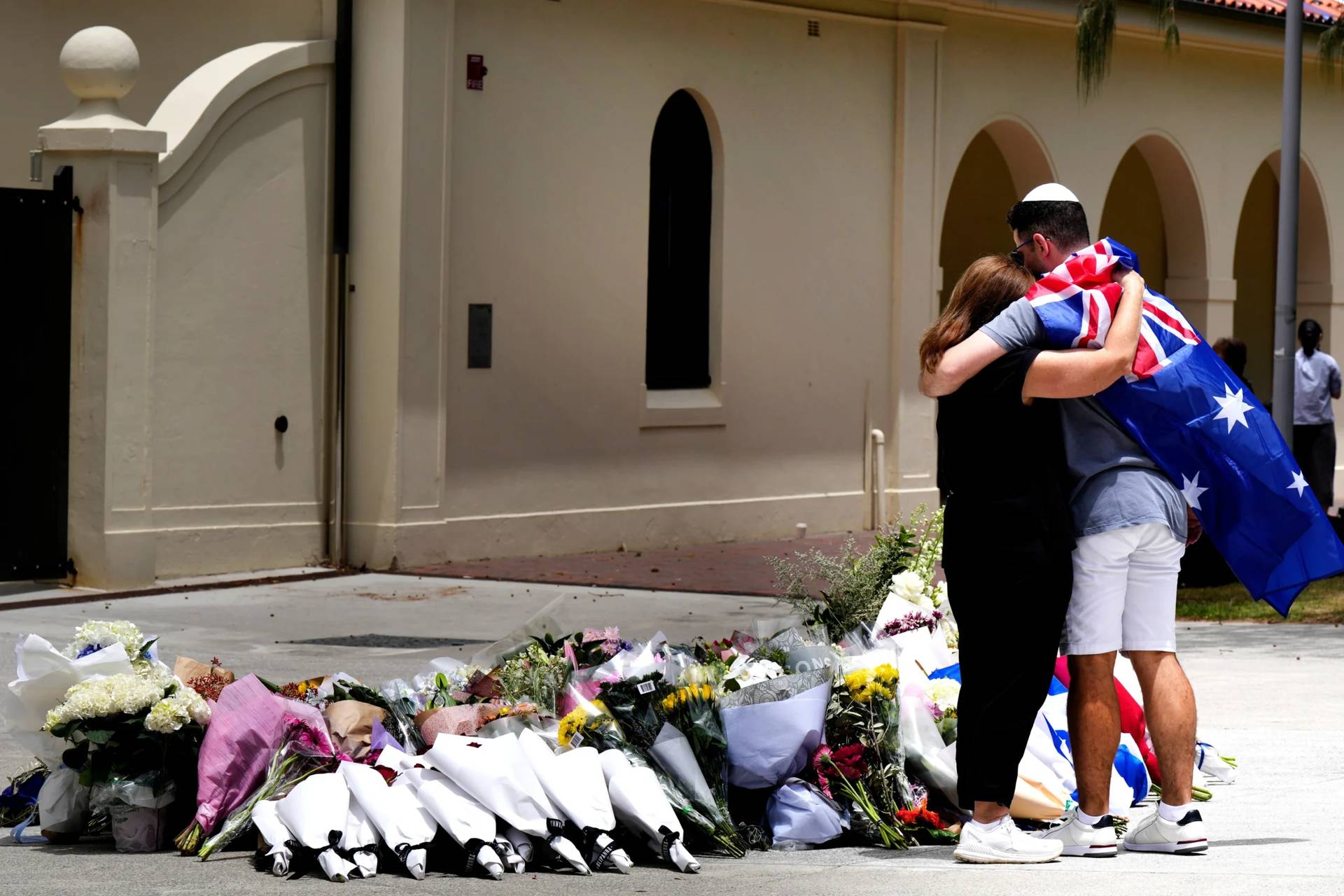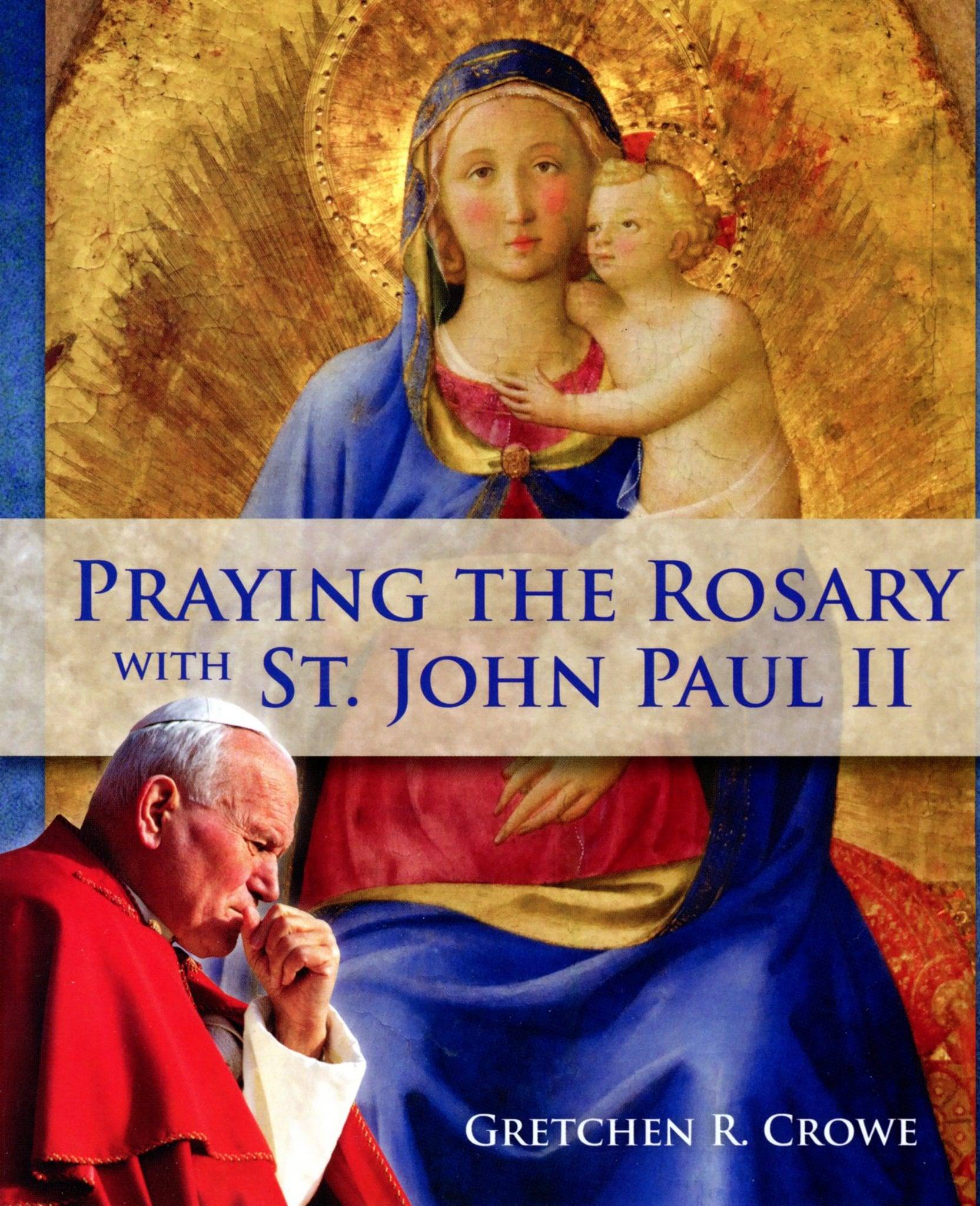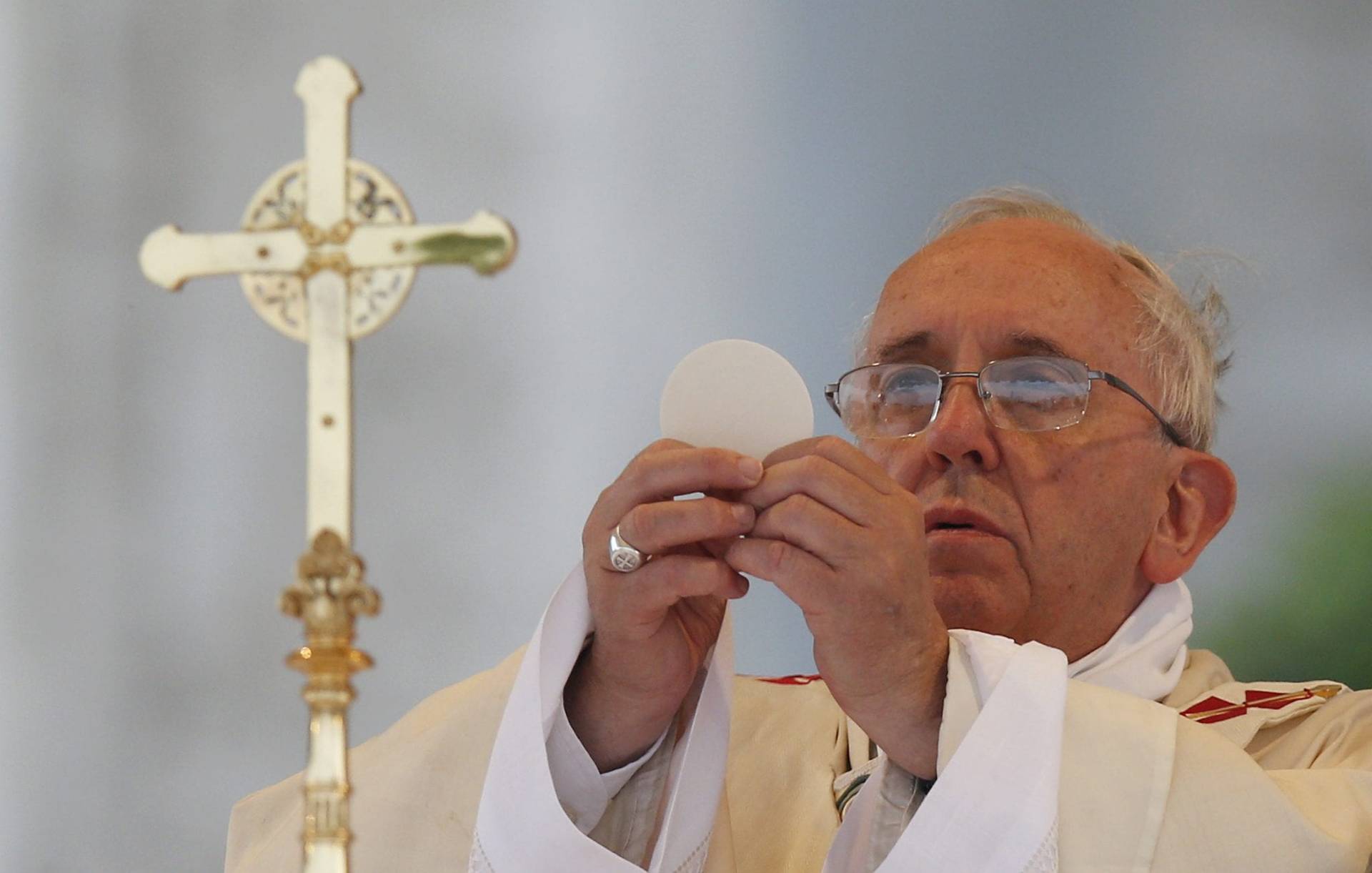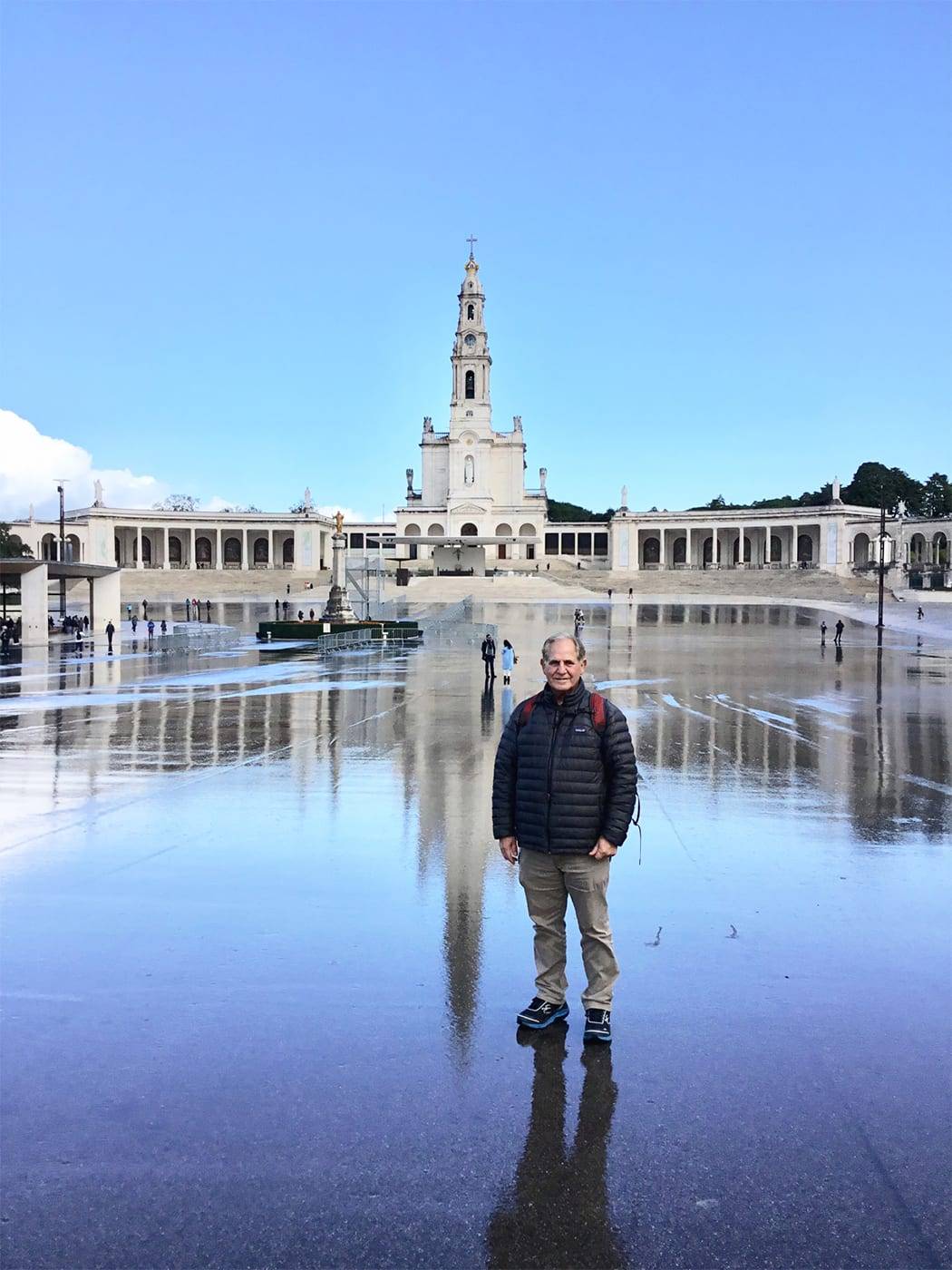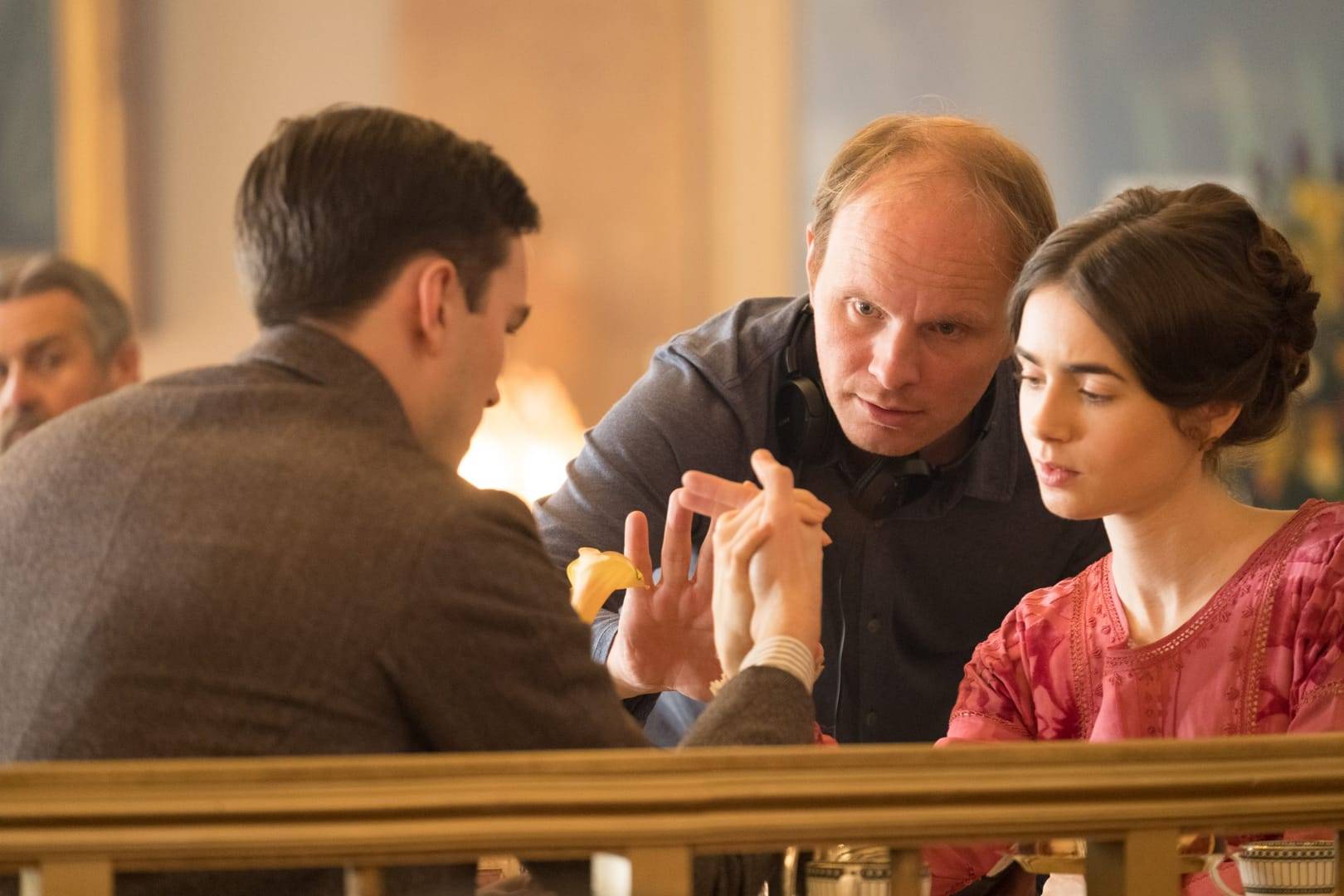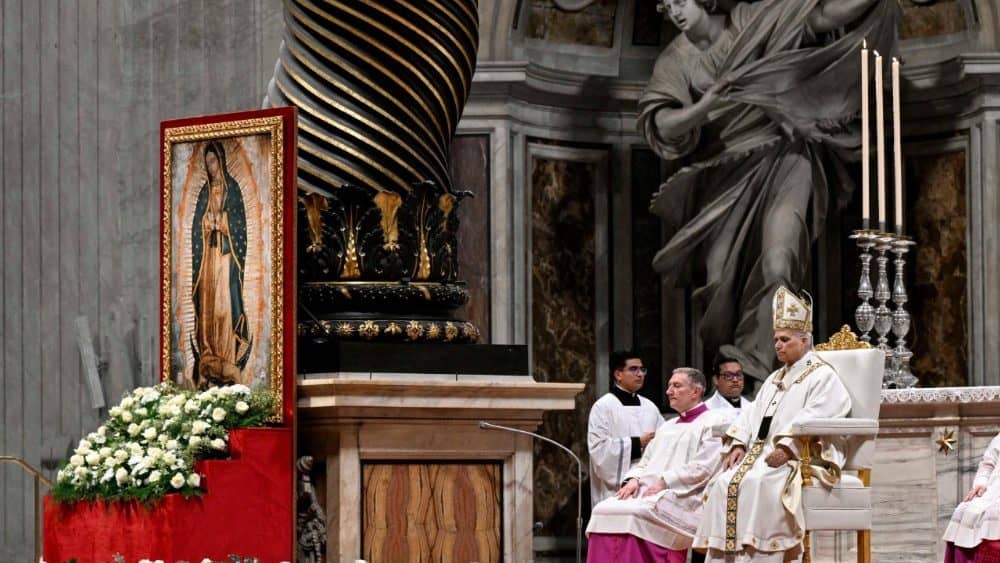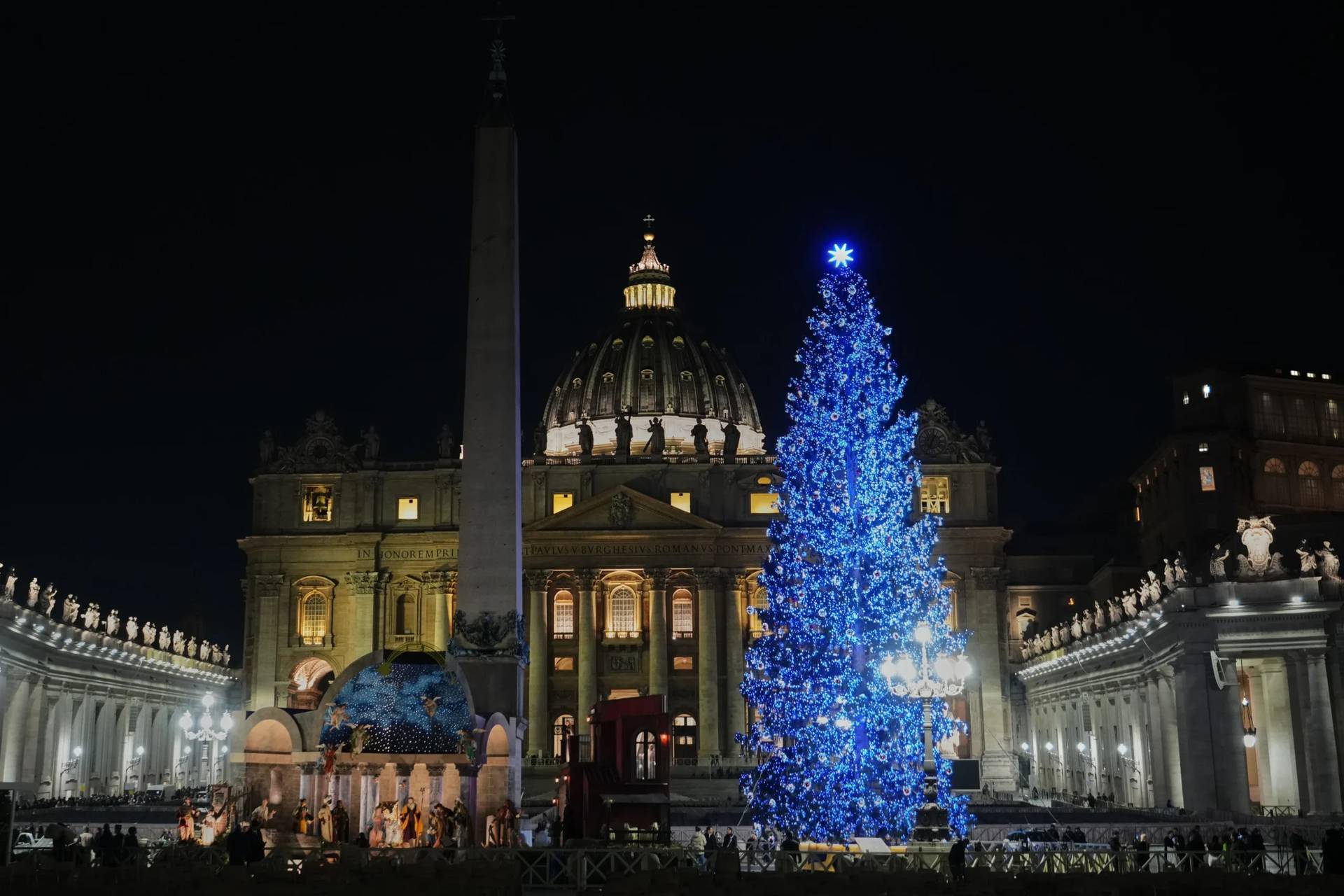From “CHRIST ACTUALLY: The Son of God for the Secular Age” by James Carroll, to be published Nov. 13. Reprinted by arrangement with Viking, a member of Penguin Group (USA) LLC. Copyright © 2014 by James Carroll.
In the beginning, Jesus was a boy with whom to identify. A favored picture book showed him by Saint Joseph’s side in the tidy carpentry shop attached to the modest house in Nazareth. Jesus, looking to be ten or eleven, used his foster father’s carving tools to fashion a little bird. He was a boy like me, until . . . until . . . he breathed on the model he had made, and it came instantly to life. The bird’s wings fluttered, and all at once it lifted off Jesus’ hand and flew away. The boy who seemed like me was God the Creator.
That Jesus grew up and accomplished the purpose of his life by suffering, as my brother, Joe, was suffering, sealed Jesus’ significance. Joe is central here because, of course, his condition was the content of my guilt. I was at the mercy of dread that my sin, whatever it was, had caused his polio. The punishment due to me had been cruelly deflected onto him. My healthy legs were the precondition of the scarred blight of Joe’s.
The starting point of the reflection we pursue here was Elie Wiesel’s question in the face of wretched suffering, “Where is God?” Without meaning in any way to equate my bunk bed with Wiesel’s, I am accounting for the answer that was given to me. When, as an altar boy, I knelt before the crucifix at St. Mary’s Church, it was the battered legs of Jesus that transfixed me. God had legs like Joe’s. That the monsignor refused to let Joe become an altar boy because he had the limping gait that went with such legs was my first lesson in the difference between the all-loving Lord and the Church authorities whose kindness is self-servingly selective. Somehow it had become crystal clear to me that Jesus, as God, could readily have avoided the tortured fate of crucifixion, but he’d freely taken it on — here was the nugget of my first belief — for the sake of my brother, Joe. I loved my brother, and so did Jesus. When I looked down from the top bunk, I saw one for whom God’s love was absolute — absolute to the point of the cross. That love established my first sense of the moral order of the cosmos, just as the stars in the sky bespoke its physical order, and as the sure presence of a guardian angel beside me did the spiritual order. The moral order is love. Love embraced Joe. And me. Where is God? God is here, in the bunk bed with us, as love.
But love is tied to suffering. In the liturgical cycle that was the main calendar of our parish, Good Friday defined the year, just as that holy day’s crucifix-centered suffering defined the depth of the Jesus God’s love for us. As an altar boy, I was regularly present for the solemn veneration of the cross, the stripping of the altar, the dousing of the sanctuary lamp, the clothing of every surface with black. The Gospel account of the Lord’s Passion and Death was the first true dramatic narrative that I made my own — as an Athenian boy, perhaps, would have internalized the journey of Ulysses.
As the entire dynamic of a faith that transforms God from enemy to friend had implicitly rooted me in the so-called penal atonement, so the fate of the loving Son as an appeasement of the judging Father brought me, also implicitly, into a world of contempt for Jews. To indict Jews as the instrument of Christ’s suffering does not go far enough. Jews made that suffering necessary in the first place. Following the sure logic of the salvation Jesus offered, I viscerally grasped why those who put him on the cross —notwithstanding that it was a Roman execution device — had to be the Jews. The matter was simplicity itself, since the enemy God from whom Jesus had come to save us was the Jewish God, also known as the God of the Old Testament.
As the merciful, loving God of the New Testament — the “Abba” of Jesus — began to vanquish the damning, vengeful, lawgiver God of Moses, the Jews were naturally determined to defend their brutal deity. If that meant killing the carpenter’s son from Nazareth, the Jewish God willed it. Why else were His high priests in the forefront of the crucifixion? But Jesus triumphed. The God who was Law became Love, with an attitude of boundless mercy for all — except, perhaps, for the Jews who had killed His Son. The Savior saved those of us who followed him from the very ones who had killed him — Jews. Because he did, they could not kill us. Although we never forgot that, if they ever could, they would. Jews were the enemy, period.
So even the religious imagination of a normal Christian child was shot through with the buried fury of anti-Judaism. In my case, as noted, it was through openings crafted by Anne Frank and Elie Wiesel that these overheated currents first broke the surface of awareness. Ultimately, revelations tied to the Holocaust burst forth as the steaming geysers of a late-twentieth-century moral accounting. Because of accidents of circumstance, I myself had no choice but to take the temperature of this fever — hatred as an illness in the religion of love.
I came of age as a Catholic priest. To my surprise, I was initially required by my Church to continue the reckoning I’d begun with Anne Frank. During my seminary training, Christian theology reversed itself in the matter of the ‘Christ killer’ slander, a change sparked just then by the Second Vatican Council, already referred to. The Council was itself an overdue attempt to respond to what was laid bare by the Holocaust. Christian thinkers began to contemplate the possibility that Jews had not been wrong to reject the Gospel, given the ways in which it was presented to them. The Christian doctrine that the covenant God made with Israel had been “superseded” was repudiated. Christian preachers of my generation were instructed in new ways of reading Gospel texts that had previously demonized “the Jews.” And a new wave of “historical Jesus” scholarship was launched, in part as an effort to purge Christian attitudes of an anti-Judaism that inevitably insulted Jesus himself, who — surprise! — was Jewish.
When I was a college chaplain in the late 1960s and early 1970s, my priesthood took root in the call to bring Jesus alive for young people, which brought him alive for me. As civil rights, peace, and social justice issues defined my ministry, I found myself emphasizing a memory of Jesus as a resister of unjust social structures and the empire that protected them. During the years of the Vietnam War, haunted by the record of a Church prostrate before the Nazi onslaught, priests like me joined the antiwar movement, however timidly. Silence in the face of a criminal war was not an option. My piety was redefined around the image of Jesus as a man of nonviolence. Indeed, far more was at stake for me than mere piety. Because I was raised to obey, not to rebel, and because my father was himself a man of war — an Air Force general with a key role in the U.S. bombing campaign that would kill more than a million Vietnamese — only the counterweight of a divine sanction could justify my open rejection of Dad’s worldview.
The climax of that rejection came in a midnight jail cell in Washington, D.C., where, with other religiously motivated antiwar protesters, I joined in the singing of verses from Handel’s Messiah. I felt fully and unexpectedly released when we came to Isaiah’s resounding litany, “called Wonderful, Counselor, the Mighty God, the Everlasting Father, the Prince of Peace.” That Jesus was essential to this rite of passage, enabling me to claim my adult identity as a man, separating from my father, sealed my bond with him forever.
As the Catholic hierarchy began to roll back the liberalizing innovations of Vatican II, reimposing restrictions on women and reinvigorating old Catholic rejections of modern thought, I came more than ever to see in Jesus’ conflict with Jewish high priests, scribes, and Pharisees a model of anti-establishment dissent — that Che Guevara figure. I did not realize that I was resuscitating an anti-Jewish motif. As a left-wing priest, I would be “marginal” to the reactionary Church and to war-making America the way Jesus was marginal to the Judaism of his day. To see dissent as righteous, in our oppositional culture — also known as “counterculture” — one simply had to reject orthodoxy. The liberation theology that my kind embraced began, in its Gospel template, as liberation from an implicitly Jewish power structure. The Jews.
After five tumultuous years, I left the priesthood to claim a more spacious Christian faith, which freed me to begin a profound recasting of the meaning of Jesus Christ. Only as a former priest was I free to question the assumptions — going far deeper than ancient “Christ killer” slanders — that perpetuate, even in this ecumenical age, anti-Jewish stereotypes. Again and again, I had to confront the ways in which my own attitudes toward Jesus were stubbornly anti-Jewish. As a person in the pew, also, I regularly heard the negative-positive pairing of Old Testament against the New Testament, and the tone-deaf sermons that assumed the war between Jesus and “the Jews.” I still hear such preaching at least once a month.
I staked my future on a writerly conscience, but I never abandoned my first religious insight — about God and suffering. It meant everything to me that the entire religious tradition of which I was still a part began with God’s coming to Moses not because God had seen the sin of the people, but because He’d seen their suffering: “I have seen the affliction of my people who are in Egypt,” He told Moses, “and have heard their cry because of their taskmasters; I know their sufferings, and I have come down to deliver them.” Yet it took me decades of work on the sly mechanisms of the anti-Semitic imagination — including two books detailing the history of Christian contempt for Jews — to reverse my primal identification of the gaunt-eyed Jews at barbed wire with the flayed and battered body of my Lord. Having put Auschwitz at the center of my work, I found it necessary, instead, to look at Jesus with the death camp as a lens — the opposite of my innate urge to see Auschwitz through the redeeming frame of Jesus’ self-sacrifice. At last, I shared the recognition that Dietrich Bonhoeffer had come to in a Gestapo prison; I could see the point that Elie Wiesel had made before the Auschwitz gallows: If Jesus had been hanged there, it would not have been as the atoning Son of God, but as another Jewish victim. Period. If there is to be Christian reckoning, it must begin there.






